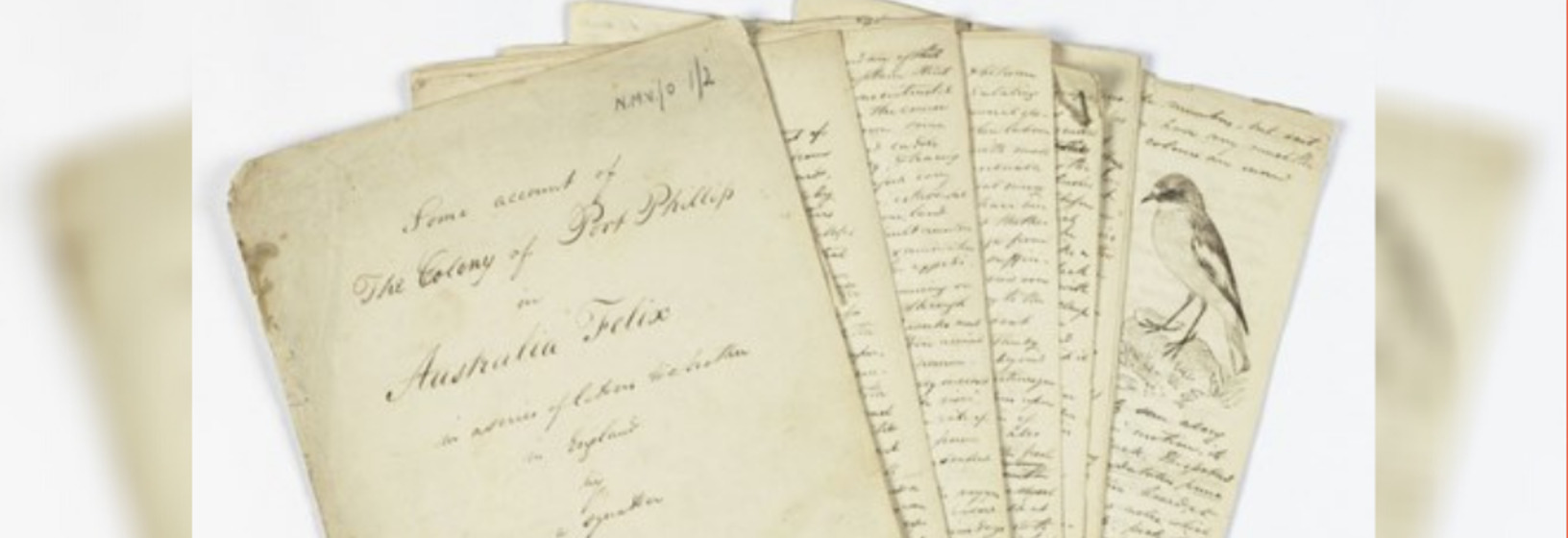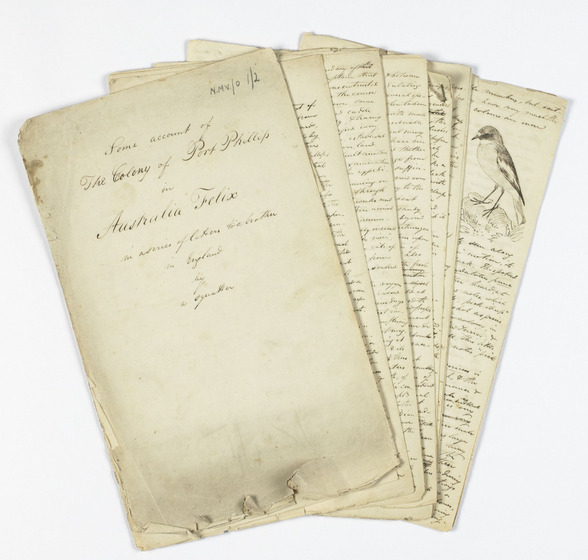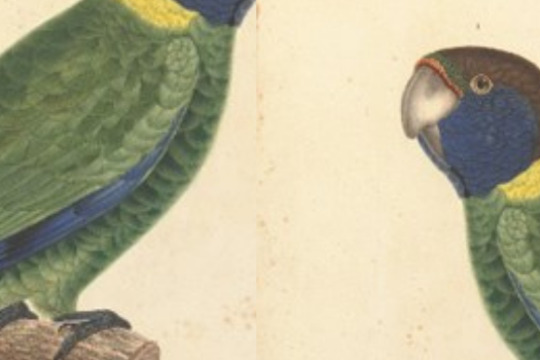Victoria's First Ornithologist
Early immigrants to Victoria included highly-skilled amateur naturalists. One such man was John Cotton, scientist, artist and poet. Cotton’s manuscripts and illustrations record a snapshot of birdlife in Victoria just as it was about to be dramatically affected by massive environmental change.
Born in London in 1801, Cotton studied law at Oxford University. But his true passion lay in the study of birds, and at the age of 33 he published The Resident Song Birds of Great Britain.
In 1843 Cotton sailed for Port Phillip. He documented the voyage in the book of poems Journal of a Voyage in the Barque 'Parkfield' (1845)—one of the first publications of Australian verse. Cotton settled in Melbourne before travelling to the Goulburn River Valley. Here he leased the first of several properties, ‘Doogallook’.
Throughout his travels he keenly observed his new environment with a comprehensive, outsider sensibility. In 1848 he published a list of Victorian birds in the Tasmanian Journal of Natural Science, and he was made a fellow of the Royal Zoological Society in London.
Cotton began work on the birds of Victoria, illustrated with coloured plates based on his own drawings. Tragically, he would never see the book published.
He died in 1849, aged 47, leaving his wife and 10 children. His masterwork was finally published 125 years later in 1974 as John Cotton’s Birds of the Port Phillip District of New South Wales 1843–1849. His legacy remains his art and observations of the early bird life of Victoria. The archive held at Museum Victoria includes his diary, manuscripts and sketches.















